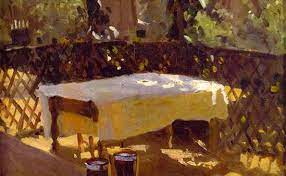Know How to paint with realistic shadows
This tutorial provides a basic method for teaching young or inexperienced artists to use graphite and eventually other media for realistic shading. Let’s start!
- Know that a 3D drawing can still look flat or 2D without the aid of shading.
- Use a gray shadow layer. If we imagine a light source in the upper left corner of the image, we can simulate a three-dimensional object by adding different layers of gray (one darker than the other). Start with the lightest gray or white along the areas closest to the light. You can use various shades of pencils or a coloring tool to create this effect.
- Blend to increase the volume of the object. If you blend gray layers together where each shade intersects, it can further simulate the look of volume and solidity.
- Try to shade with lines. This effect can also be done using pen and ink, by drawing intersecting lines on top of each other to simulate the look and layers of shadows from light to dark. This is often used in illustrations and manga. In other print media, the printing process uses “halftone” printing, which is the printing of small dots of different sizes to simulate shadows.
- Below is an example of coloring with various gray layers. The sketch used here was created using the image of the actress Meera Jovovich . The image was drawn using a very dark rough pencil, and only the darkest parts of the image were drawn.
- Use white to distinguish. Leave the brightest parts of the image white, and color the rest of the sketch using the Light Shading tool.
- Use a slightly darker shader tool to shade the next darker area of the image.
- Shade the darkest areas of the image using the darker shader tool.
- Use the blend tool to blend the edges of each shadow. The final image now has a 3D look like a photo.

